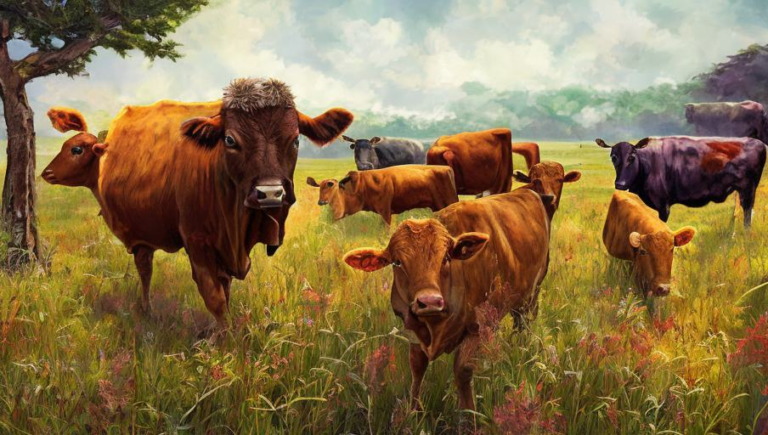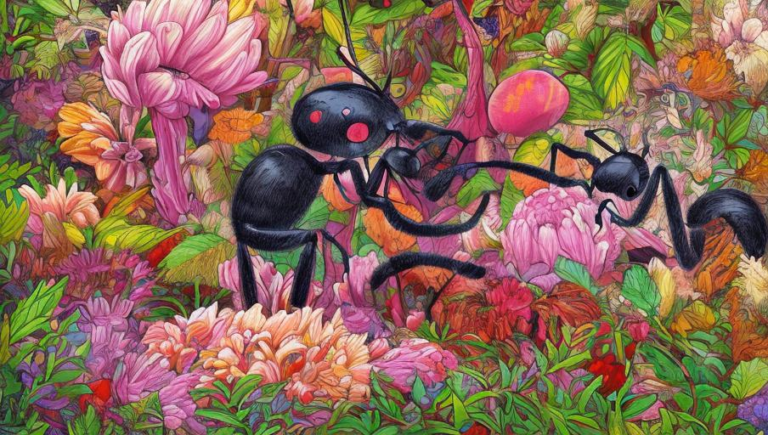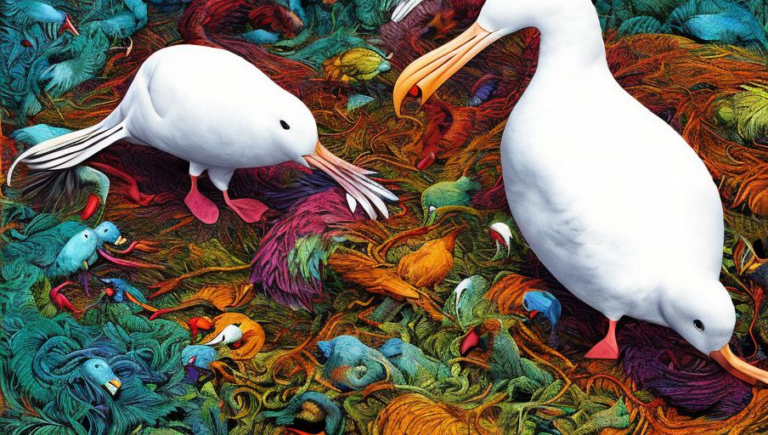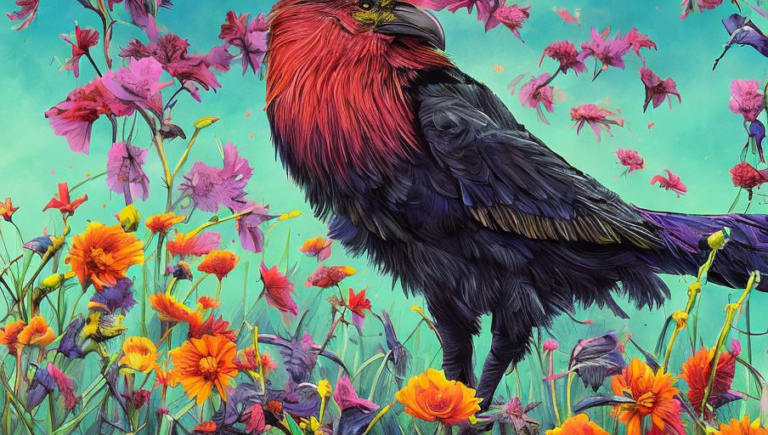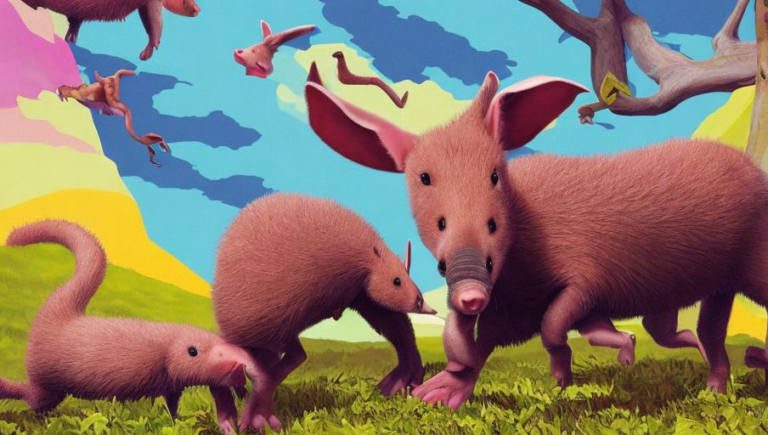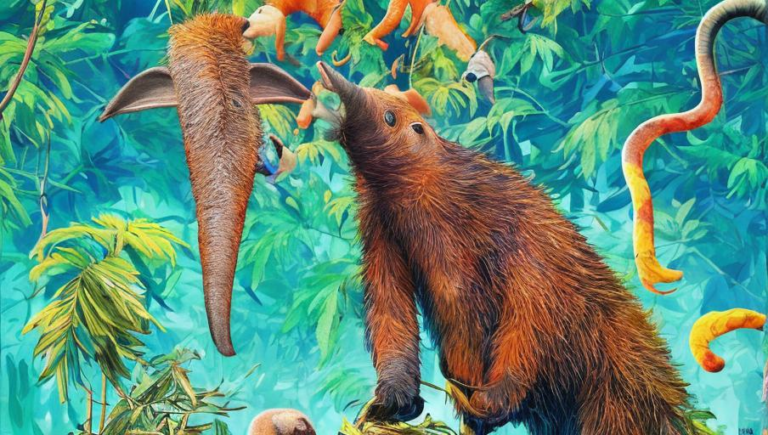Feeding Habits of an Anteater
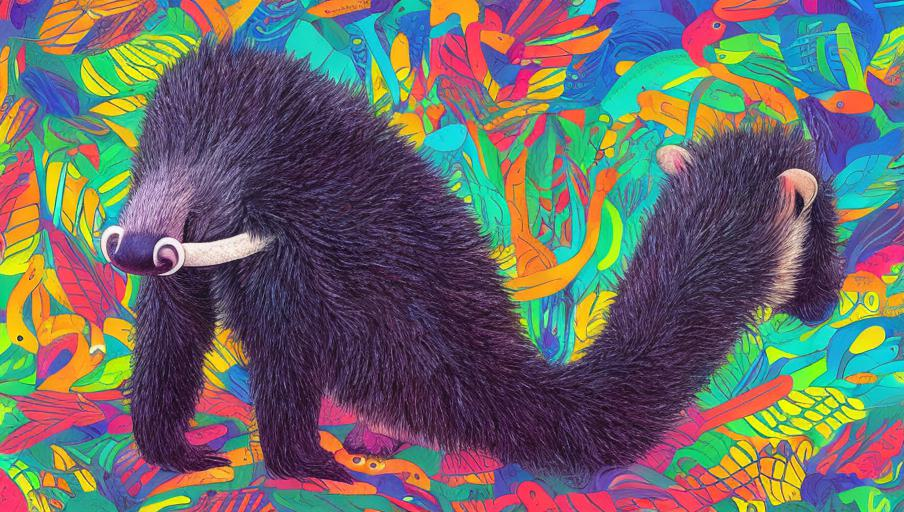
Introduction to Anteaters
Anteaters are fascinating creatures that can be found in tropical regions of Central and South America. They come in four varieties: the giant anteater, the silky anteater, the northern tamandua, and the southern tamandua. They have long snouts and claws, which they use to catch their prey and dig for food. Their diet consists of ants and termites, although they can also eat other insects, small mammals, and bird eggs.
Giant Anteater Diet
The giant anteater has the most diverse diet of all the anteater species. In addition to ants and termites, they will also eat beetles, larvae, and other insects that they can find. They are also known to occasionally feed on small mammals such as mice and opossums. In addition, giant anteaters will sometimes eat bird eggs, lizards, and even fruit.
Silky Anteater Diet
The silky anteater is the smallest of the anteater species and is found in the rainforests of Central and South America. Unlike the giant anteater, the silky anteater primarily feeds on ants and termites. They are also known to occasionally eat insects such as beetles and cockroaches.
Northern and Southern Tamandua Diet
The northern and southern tamandua are found in Central and South America and are the most arboreal of the anteater species. They feed on ants, termites, and other insects, as well as small vertebrates such as lizards and frogs. They are also known to occasionally eat bird eggs and fruit.
Foraging Behavior of Anteaters
Anteaters use their long snouts and claws to forage for food. They use their claws to dig up ant and termite mounds and then use their long snouts to slurp up the insects. They are also known to use their claws to tear open logs and other objects in order to find food. In addition, anteaters have a keen sense of smell, which they use to locate food.
Conclusion
Anteaters are fascinating creatures with unique feeding habits. They use their long snouts and claws to forage for food, which includes ants, termites, and other insects, as well as small vertebrates and fruit. They use their sense of smell to locate food and their claws to dig up ant and termite mounds. By understanding the feeding habits of these creatures, we can better appreciate the importance of conservation and animal protection.
